The sweet, juicy, exotic fruits known as mangoes were, at one point in history, a luxurious food item of mango plants for anyone who lived outside of the most tropical regions of the world.

Well, thanks to developments in transportation technologies and hundreds of years of cultivation and development of the fruit itself, mangoes are now available to buy in grocery stores all over the world.
What most people don’t realize is that there are hundreds of different mango varieties grown in different countries and there are thousands of varieties grown in India alone!
In this article, we’ll be taking a look at some of most interesting mango plants and their own unique properties.
Don’t worry though, we won’t be looking at every single one!
1. Alampur Banedshan
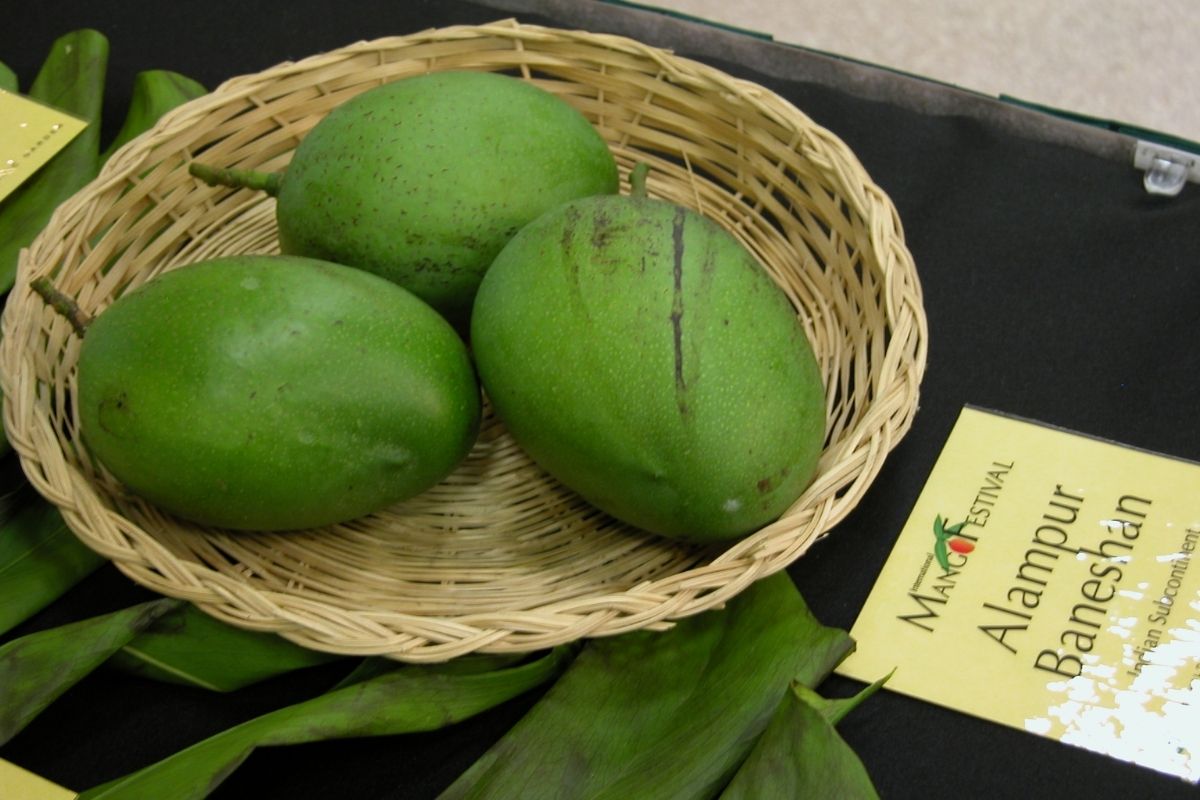
The first cultivar we’re looking at is one that originates from India. The fruit has a thick skin which ranges in color from green to yellow as it ripens.
It is said to have flesh with a slightly tart flavor with distinctly spicy notes.
2. Alice

The Alice mango fruit is thought to have been initially planted around the 1930s and was named after the wife of the man who planted it.
It initially struggled on a commercial scale because the plant produced fairly light fruits that didn’t offer farmers a great return on their investment of growing the tree. However, the fruit is said to have a strong aroma and a rich, sweet flavor.
3. Alphonso

Another mango named after a person, this fruit’s namesake was a Portugese general from the 16th century, who was credited for the establishment of Portugese colonies.
The fruit is said to have a rich, creamy texture which makes it universally regarded as a delicious fruit.
However, thanks to their tendency to attract fruit flies, these mangoes were once banned from being transported into the United States, with the ban only being lifted in 2007.
4. Amrapali

This is a relatively new Indian cultivar that was first planted in 1971. It was developed at the Indian Agriculture Research Institute for its growing qualities.
However, the plant actually produces a smaller mango than the average tree and the flesh of the fruit contains around 3 times more carotene than others. It also has a shorter shelf life than most other mangoes, leaving this variety not widely grown around the world.
5. Anderson
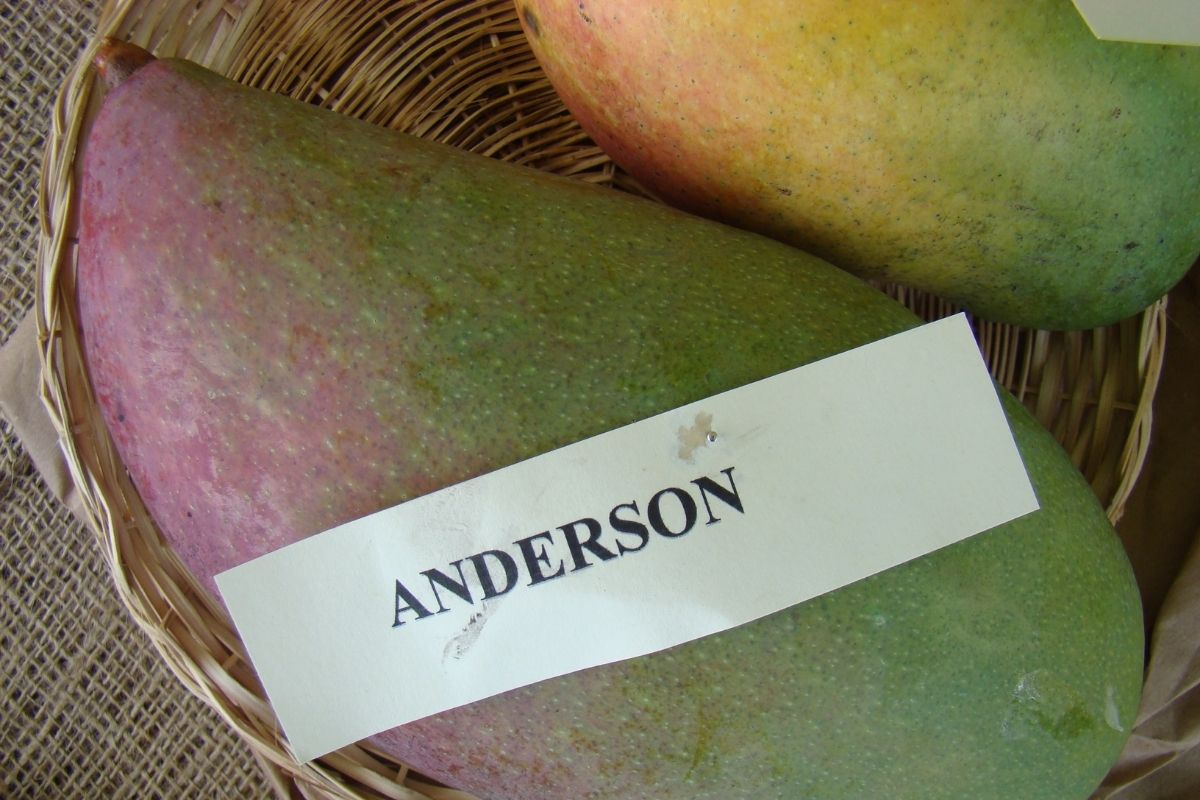
The Anderson mango was actually developed from the seed of a Sandersha, a Jamaican mango. It was named after the man whose property it first grew on in Miami, Florida.
The tree produces a fairly large fruit that boasts bright yellow flesh with a somewhat mild flavor compared to most mango varieties. The tree itself is known to reach great heights at full maturity and has a large canopy.
6. Angie

Another Florida-based mango cultivar, the Angie was developed for its relatively small growing size which concentrated its flavors and gave it great complexity.
Interestingly, this fruit was named after the wife of the founder and first ever president of the Rare Fruit Council International.
7. Banganapalle

Native to the Kurnool district of India, this variety makes up 70% of the total potential mango-cultivating area in the region. It has a rather thin, yellow skin with firm, meaty flesh.
However, the flesh of this mango contains significantly less fiber than most other varieties, so provide fewer health benefits.
8. Beverly

The Beverly mango originated in southern Florida and did not enjoy immediate popularity when it was first developed. It has fairly dull colors at full maturity, which people attributed to a lack of flavor.
However, people later learned that it had a fantastic flavor and that the tree was greatly resistant to diseases, making it an apt fruit for farming in Florida.
9. Carrie

This particular cultivar was develop from the seedling of a Sophie Fry mango but later scientific analysis discovered that the Julie mango was more likely to be the parent species.
The fruit itself is fairly small in size and matures into colors of green and yellow, but not the typical red color that other mangoes in the region are known for. The trees they grow on are known to grow fairly quickly but in a compact manner which makes them easy to maintain.
10. Coconut Cream

This mango was oriignally developed by Walter Zill in Florida and is thought to be a hybrid variety of the Edward mango.
It gets its name from its distinctively creamy coconut-like flavor which is rarely foud among mango cultivars. It also has very smooth, fiberless flesh that makes it even more delicious.
11. Chok Anan

Unlike most other mango cultivars on our list, this one can be found growing in four different countries: Thailand, India, Pakistan, and Bangladesh.
They grow to have light yellow flesh at full maturity and boast a distinctively sweet taste. For this reason they are referred to in some parts of the world as a honey mango. Interestingly, some also refer to it as a miracle mango because it often fruits twice in a single year.
12. Dasheri

This fragrant mango variety grows mainly in northern India and originated in a small village in the Lucknow district in the 1700s.
The mango is popular among other Southeastern Asian countries and, as a result, it is exported frequently to places like Singapore, Hong Kong, The Philippines, and Malaysia.
13. Earlygold

This is another mango cultivar that is known to grow well in Florida, having originated from Pine Island. It has a fiberless flesh which is a slightly darker yellow color than most mangoes and boasts a very floral aroma.
It is not entirely known what the parent species for this cultivar is but it is widely believed to be the Haden cultivar.
14. Fairchild

Despite initially originating in Panama, this fruit has a cultivar of its own, known as the Fairchild Emerald mango which originated in southwest Florida.
The plant is very good for growing, producing fruits with excellent flavor, a good yield, and great disease resistance. However, the fruits do not mature in a desirably bright color, which restricts their commercial popularity somewhat.
15. Gir Kesar

Whilst this mango originates in western India, it can also be found growing in the United Arab Emirates. Overall, it is grown in a total area of roughly 20,000 hectare and is usually harvested around April and May.
This mango is also known for being one of the most expensive in the world, due to its relative scarcity and excellent flavor.
16. Himsagar

Having originated in Bangladesh, the Himsagar mango cultivar is nowadays a widely popular fruit. The plant produces an average-sized, green-yellow fruit with a pulp content of roughly 77%.
One of the reasons it is such a popular variety of mango is because it keeps for very long periods of time after being harvested.
17. Ice Cream

This bizarrely named mango cultivar was originally discovered growing in Trinidad and Tobago, before it was later brought across to the United States.
It gets its unique name from its similarly unique flavor. It has a spicy and sweet taste that and soft texture that many have compared to mango sorbet.
18. Jakarta
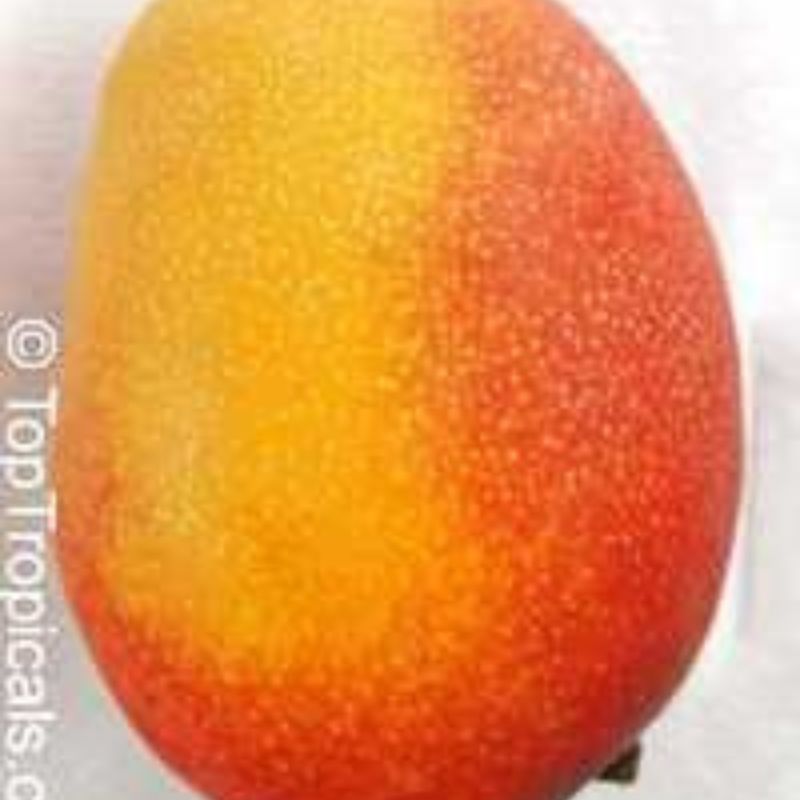
Another cultivar initially grown by a membe rof the Zill family in Florida, the Jakarta mango boasts a distinctively bright green skin with bright red blushes across the surface.
It is believed to be a crossbreed ot the Bombay and Kent mango varieties and has a very rich flavor and smell.
19. Kensington Pride

This is the first cultivar on our list to have originated from Australia, where it is still the most popular variety, making up over 80% of the nation’s mango production.
It has a distinctive flavor and aroma compared to most mango cultivars from Florida and India, with a slightly more fibrous texture than the more popular varieties.
20. Lippens
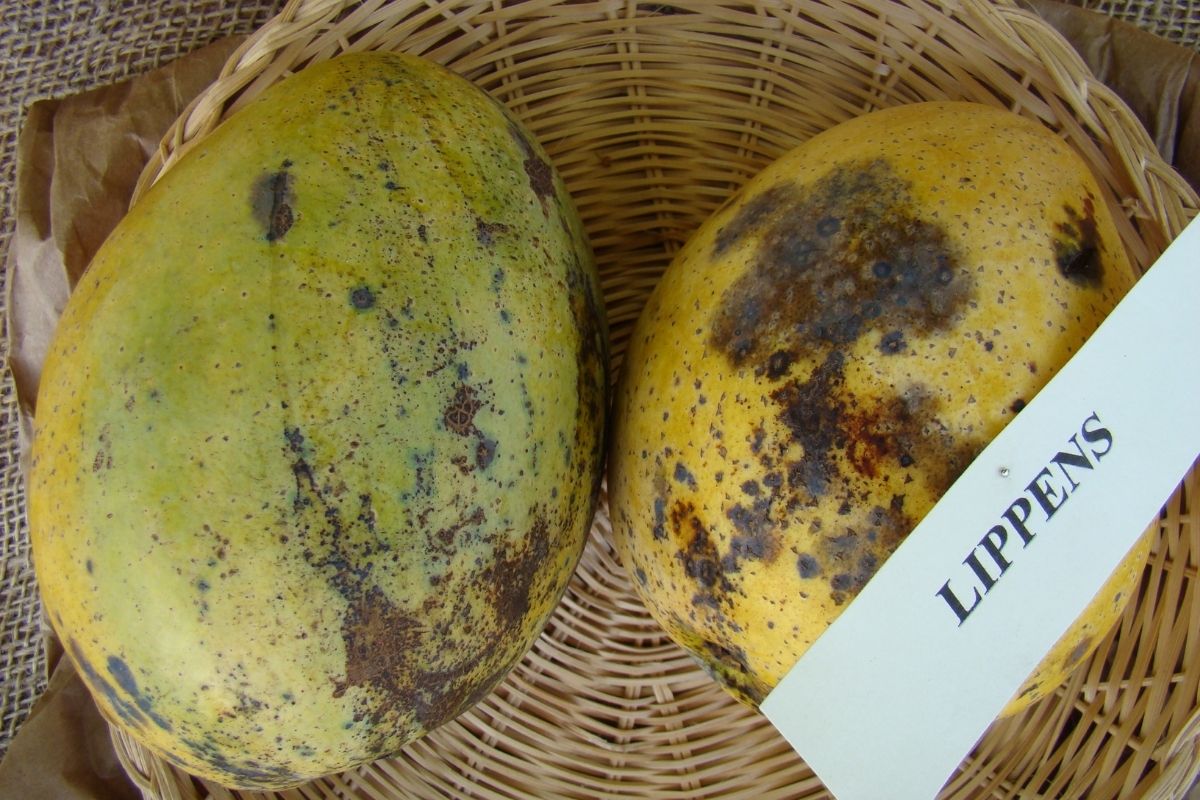
Having originally been planted in south Florida in the 1930s, the Lippens mango often develops an unusual yellow/brown skin with pink blushes at full maturity.
Its flesh has a deep yellow color and said to have a deliciously sweet flavor.
21. Palmer

Despite originating in Florda, the Palmer mango can also been seen growing in a variety of other countries such as Australia, Brazil, and parts of Africa.
The tree grows an exceptionally large fruit with somo often exceeding severl pounds at full maturity. This makes them very desirable cultivars for commercial mango farmers.
22. Rosigold
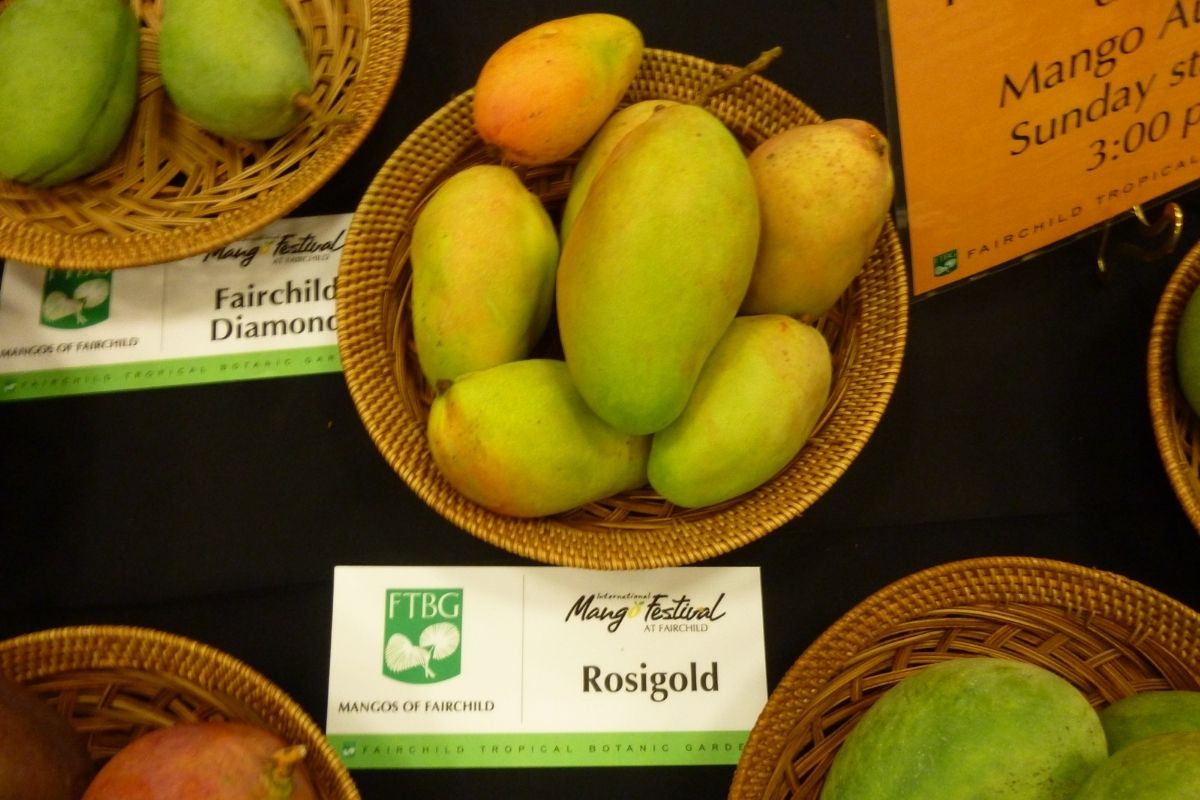
This charmingly-named mango cultivar is another that hails from south Florida. The Rosigold mango has a relatively low growth habit, meaning that it would likely die out eventually without any cultivative intervention.
For that reason, they are promoted as an excellent home grown mango in Florida and many citizens have their own Rosigold trees in their own backyards.
Final Thoughts
Wow, we bet you didn’t realize there were so many different mango varieties out there!
Crazily, what we’ve listed in this article is only a scratch on the surface of the mango world.
If you happen to live in India or Florida, you’re in one of the world’s most prime locations for exploring these remarkable varieties of mango and you should definitely try to make the most of it!







